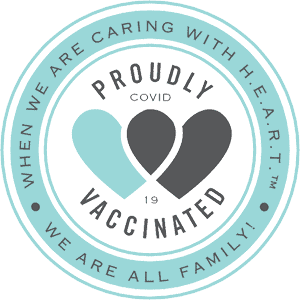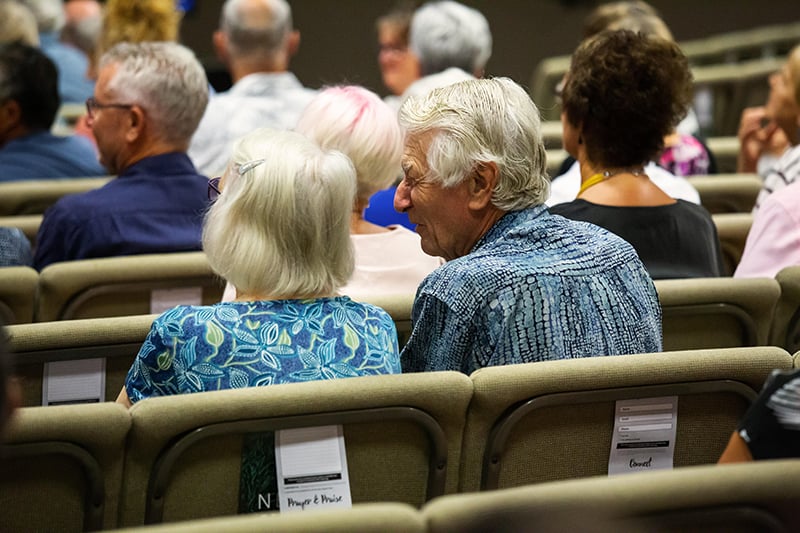Assisted living is one way to care for older adults who need assistance with daily activities. It’s provided in a residential facility. Every community is different. Some offer bare minimums, while others afford the senior citizens a full and lavish lifestyle.
Assisted living is not to be confused with a nursing home. Seniors living in assisted living communities do not require around-the-clock medical care. The goal of assisted living is to encourage the seniors to live as independently as possible while providing help where needed.
Many assisted living communities in the U.S. currently offer a full range of services, comforts, amenities, and activities to help residents get the care they need in a setting that feels like home.
Care in assisted living is usually provided in long-term residential facilities. The better communities offer apartments that make the residents feel at home. They can decorate, host visitors, cook, and entertain just as they would in their own home.
Who Is a Good Candidate for Assisted Living?
Assisted living communities can be described as somewhere between an independent living community and a skilled nursing facility in relation to the level of care offered. A good candidate for this would be someone who is beginning to need help with basic daily activities such as bathing, dressing, walking, managing medications, toileting, and eating… or even someone who expects to need this help in the future.
These communities can also be great for caring for those loved ones with the specialized care required for medical conditions like dementia and Alzheimer’s. Be sure to check with the community if your loved one requires this as some do not provide this specialized care as part of their services.
What to Expect
Modern assisted living communities have a lot to offer their residents in the form of services, amenities, and activities. Residents can enjoy outings to local parks and attractions, exercise classes, social events, delectable meal service, shopping trips, transportation services, swimming areas, beauty salons/barber shops, pharmacy, library, access to private dining for entertaining guests, housekeeping services, and around-the-clock assistance from staff for any need that may arise.
If the resident wishes, there will never be a dull moment. There are daily scheduled events and activities to keep them busy, connecting with other residents, and enjoying their favorite hobbies.
Most of these services should be included in the monthly payment, but others may be an additional cost, so be sure to check with community staff when you’re visiting and interviewing potential assisted living communities.
What Does Assisted Living Cost?
After finding a quality community that seems to be a great fit, the first question is typically related to cost.
All communities are different, so there’s no one-size-fits-all price. Some will include more amenities while others charge extra for them. It’s important to find out what is included with the price you’ll be paying.
Many communities require a move-in fee that can be paid up front or prorated on a monthly basis. This fee can range anywhere from $1,000 to $5,000.
The pricing is typically split up between rent and services. Rent pays for the apartment. This cost will vary based on size, location, etc. Services include three meals per day, housekeeping, transportation, personal assistance, and the coordinated activities and outings.
Communities that provide memory care for residents may charge additional fees for this level of care. Always check with the community to be clear about pricing tiers.
The bottom line? The national medium cost for assisted living per month in 2018 was roughly $4,000. That breaks out to $48,000 per year.
While it may seem like a lot of money to some, the Genworth Cost of Care Survey says that a private room in a nursing home costs around $8,365 per month and a home health aide service averages $127 per day ($45,769 per year) and is based on 8 hours per day, 5 days per week.
The value provided by great assisted living communities is clear. They get around-the-clock care in a home-like environment with professionals that will ensure they’re being treated with respect, dignity, and the highest standards of care.
Payment Options
Contrary to popular opinion, assisted living is not covered by Medicare and most Social Security Monthly payments can only cover a small portion of the costs related to assisted living care.
Most residents plan to pay for their assisted living from their own personal resources or with help from coverage provided by long-term insurances, adult children or state-sponsored waivers that help low-income residents afford assisted living. You will need to check with your own state to see what is available.
We’re confident that if you sit down and do the math, you might be surprised at how affordable assisted living really is. Not to mention the peace of mind it brings knowing your loved one is safe, happy, and well cared for.
By accepting extra assistance now, you may be able to prevent bigger issues like major falls, poor nutrition and medication mishaps.
————————–
Want to learn more about senior living at its finest? Give our team of care professionals a call today to chat about your options.


 Schedule a Tour Today!
Schedule a Tour Today!







